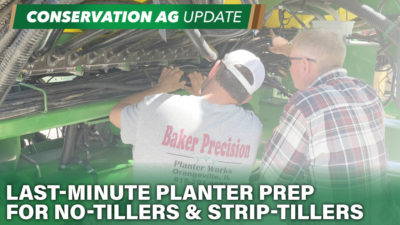Advertise Follow Us
Items Tagged with 'residual'
ARTICLES
Maintain Good Management As You Return To The Fields
This spring, consider keeping track of field performance, using fertilizer efficiently and rotating herbicide modes of action.
Read More






